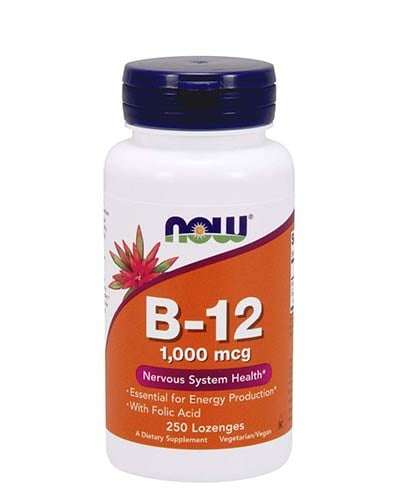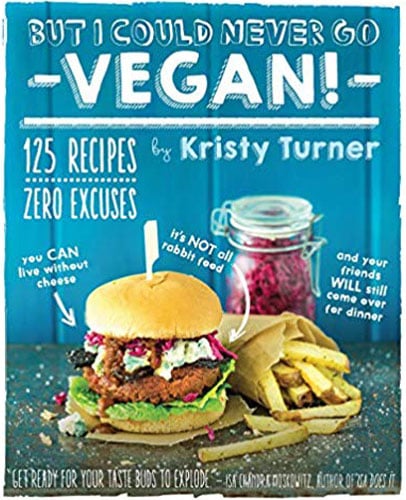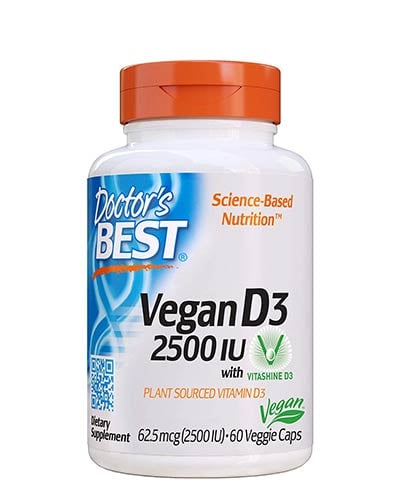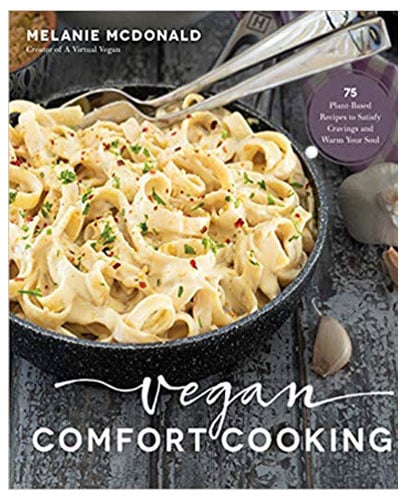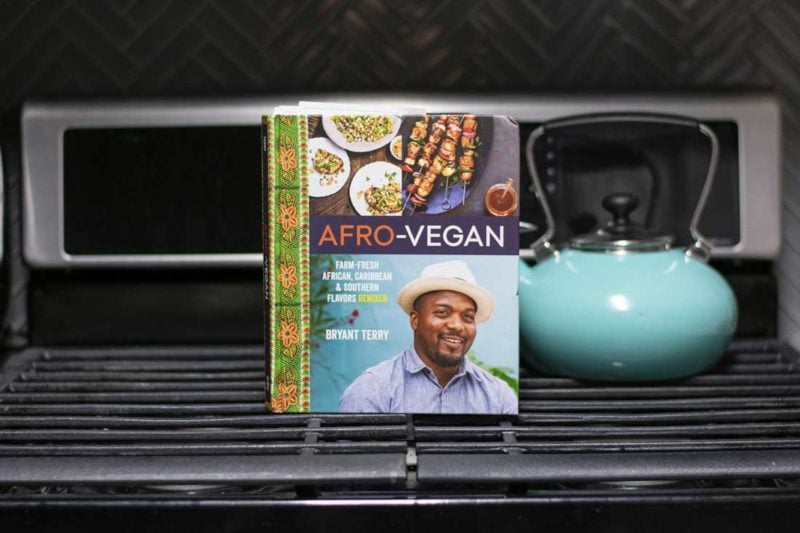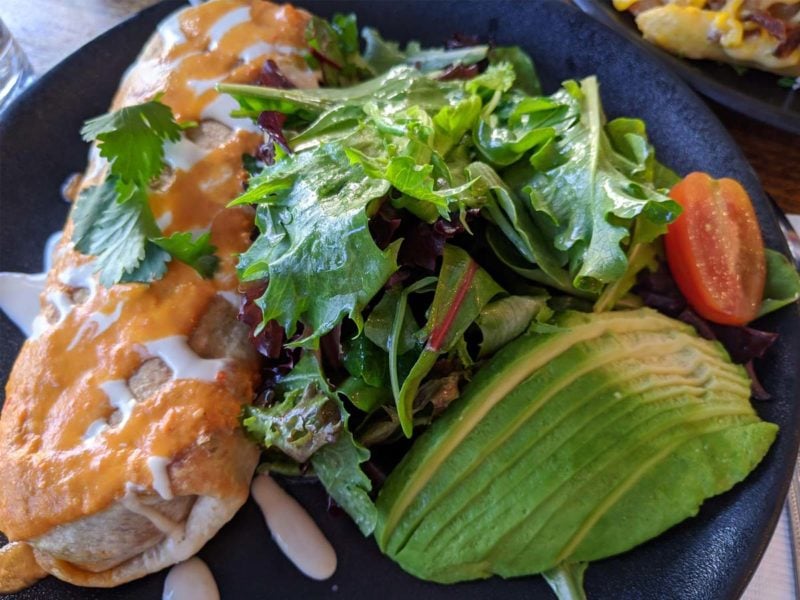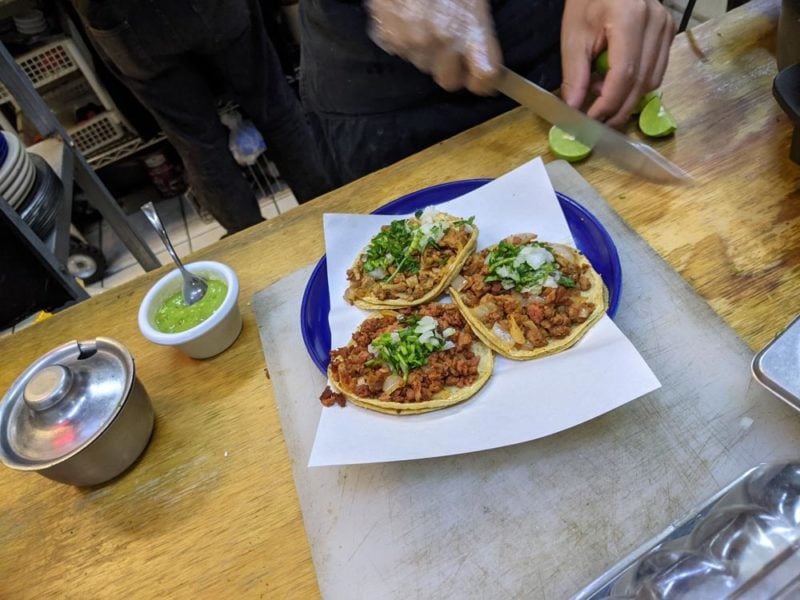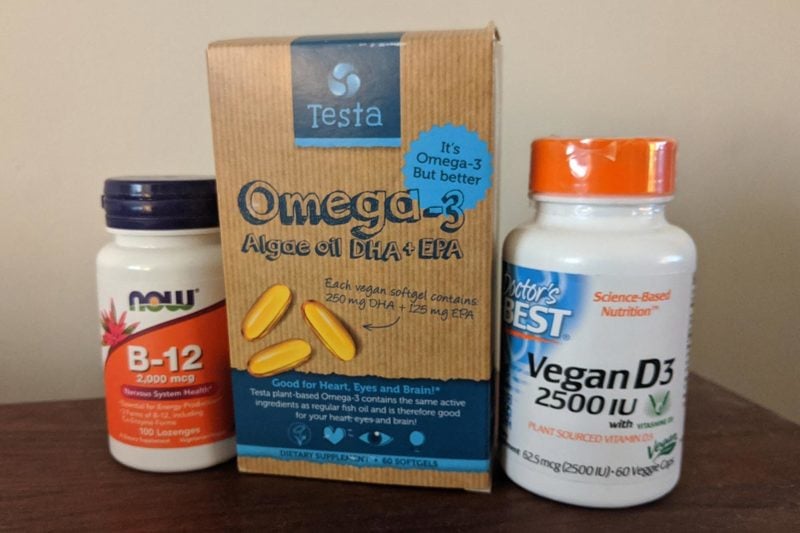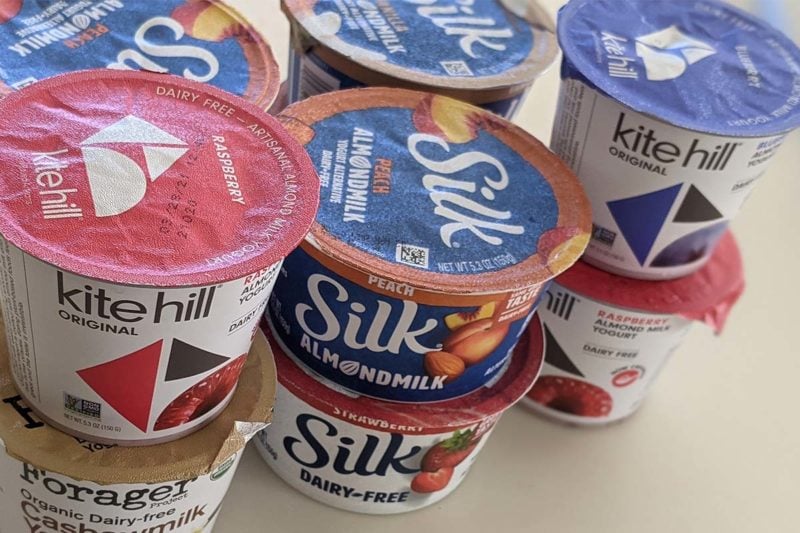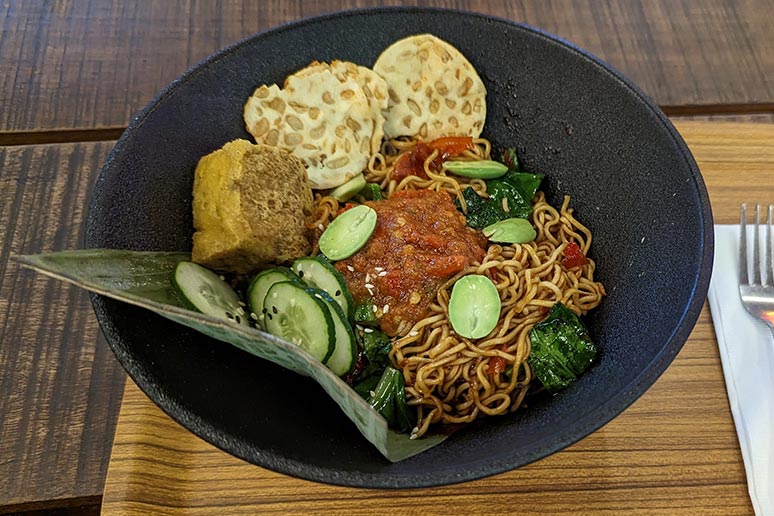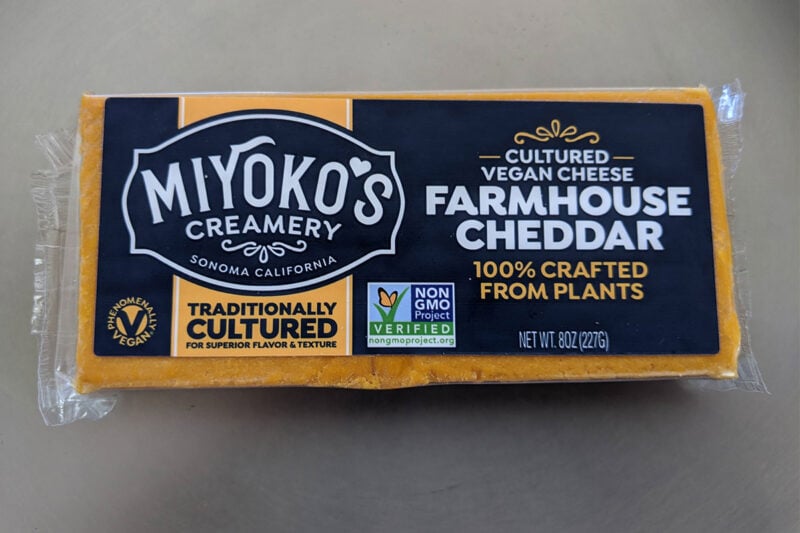Chapter 22
More Core Foods: Salads, Stir-Fries, & Grilled Veggies
In this chapter, we’ll look at how to create terrific salads, stir-fries, and grilled veggies. Each of these foods deserves to be a regular part of your diet—they are super healthful, delicious, and can be prepared in countless ways.
Salads
Salads are one of the easiest foods you could ever prepare, but I’ve nevertheless got a few pieces of advice that will make your salads far more appealing. First, if you eat any salads at all, you absolutely and positively need to buy a salad spinner. Without a salad spinner, your greens never get quite dry. And, if they’re even slightly wet, your dressing will run right off, like water hitting a raincoat—which is only to be expected given that oil and water don’t mix. When you buy your salad spinner, make sure it’s a big one. As we’re about to see, even if you live alone, it makes sense to prepare a lot of salad at once.
The problem with salads is that even though they’re easy to prepare, it’s a lot of work to make just one salad. By the time you select, wash, and cut up your veggies you’ve invested a fair amount of time for not a lot of food. And when you’re hungry, who really wants to go through all that hassle? It’s a lot easier to eat convenience food.
So here’s an idea that will get you eating tons more salad: go to any department store and buy five or six plastic storage containers that each hold a big serving of salad. Or, you can buy containers large enough to hold two servings if you typically dine with your partner. You can then make a full week’s worth of salad at one time, with each salad ready-to-eat in its own container. Anytime you’re hungry you’ll know that you’ve got freshly-made salad in the refrigerator just waiting to be pulled out. Salads stored in these containers are also perfect for bringing to work.
If possible, put the salad on a plate before eating since these plastic containers can be tough to get clean if they come in contact with oily salad dressings. And never store salad with dressing already applied—doing so will wilt your greens within hours.
Now let’s look at salad ingredients. Any kind of lettuce, spinach, or chard makes a great base. Dandelion greens deserve to be widely used in salads since they’re a delicious choice. But if you hate lettuce or greens, then skip them, and just make your salad from chopped veggies. As long as a vegetable can be eaten raw, it can go into your salad. Try to select as many differently colored vegetables as possible, as that produces a more beautiful salad, and a greater variety of distinct flavors. I especially like purple cabbage, grated carrots, and thinly-sliced sweet peppers.
You can of course use any vegan bottled dressing, but I generally don’t recommend bottled dressings because they’re overpriced and often mediocre. About the only bottled dressing I think is truly tasty is Annie’s Goddess Dressing. Happily, Annie’s is the one dressing that can be purchased inexpensively: you can buy food-service sized one liter bottles from Amazon.com for a very reasonable price.
An even better option is to make your own dressing, and it’s amazingly easy. My favorite homemade dressing is also the simplest. Just take some tahini, and stir in some lemon juice, minced garlic, and salt. Then mix in water until you’ve attained a creamy texture. I never get tired of tahini dressing, but if you do, you’ll have one more reason to buy a copy of Robin Robertson’s Vegan Planet—you may remember me raving about this cookbook in Chapter 4. The salad section of Vegan Planet contains recipes for more than thirty different dressings.
Finally, don’t even think about serving that salad without some nice toppings. Here are some great ones: sliced olives, chopped nuts, tamari roasted sunflower seeds, chopped basil, thin slices of baked marinated tofu, finely chopped parsley, vegan croutons, and sprouts. Americans don’t eat much salad because they don’t eat much good salad. Once you start making salads like this, I bet your salad-eating will become a daily habit.
Stir-Fries
Nearly all vegetables suitable for salads, lettuce obviously excepted, are also great in stir-fries. To make a stir-fry, you wash your veggies, peel them if necessary, and then cut them into bite-sized pieces. Next, you’ll sauté the veggies at a temperature that’s not quite hot enough to scorch the oil. You want to keep your veggies constantly moving, hence the name stir-fry, so that they are nicely seared by the heat but not burned.
A wok is the ideal stir-fry pan, but you can also use a large skillet. Use an oil like coconut oil or high oleic safflower oil that can stand up to high temperatures.
You should add the coarse, heavy veggies first, like yams, eggplant, potatoes, carrots or winter squash. You’ll need to cut these sorts of veggies pretty thinly or they won’t cook through. After a few minutes of stir-frying, add in some lighter veggies like zucchini, broccoli, cauliflower, or sliced peppers. Make sure you peel your broccoli or cauliflower before adding because otherwise the thick skins will prevent the stalks from getting adequately cooked. Keep stir-frying a few more minutes, and after everything is almost cooked add some chopped leafy greens. Just before serving, you might throw in some minced garlic and ginger and allow it to sizzle just a bit before stirring into the mix. I also love to stir in some chopped basil or cilantro at the very end. Other times, I’ll add a peanut or coconut sauce, or perhaps some tamari or hot sauce.
The best way to learn how to cook stir-fries is to watch someone who’s done it for a while. It’s easy once you get the hang of it. Like salads, stir-fries are a fantastic core food since it takes no effort to change up the veggies every time. Also, as with salads, try to use as many differently colored veggies as possible for optimum taste, appearance, and nutrition.
You can serve stir-fries over rice, millet, quinoa—just about any grain you like. I’ll often serve mine without a grain just to get a big easy-to-digest dose of veggies.
There’s an easy way to rapidly improve your stir-fry skills: when you eat your stir-fry, taste each separate vegetable individually and ask yourself if it’s perfectly cooked. If you’ve undercooked your sweet potatoes or overcooked your broccoli, you’ll know better next time. By taking the time to judge how each veggie in your stir-fry turned out, you’ll quickly become a stir-fry master.
Grilled Vegetables
I’ve already raved in this book about my George Foreman grill, which is probably a surprise recommendation given that this product is mainly associated with hamburgers. It’s definitely one of my top three kitchen appliances, and the cheapest model can be had for only about $20.
To me, there’s no better way to cook broccoli and cauliflower than in a George Foreman. The combination of grilling and steaming that takes place in a George Foreman-style grill makes it ideal for these veggies. As with stir-frying, you’ll want to remove the skins from all stalks. I’ll usually rotate each piece a quarter turn after five minutes or so, to ensure the veggies are uniformly seared. When your veggies are grilled to the degree you want, put them in a bowl and spoon on a little Earth Balance margarine, which will quickly melt.
You can have success grilling other veggies as well, such as sliced onions, eggplant, and summer squash. These vegetables are especially good when marinated in a tamari-based seasoned sauce prior to grilling. Sweet peppers are also fantastic when grilled but they’re also the one veggie that tends to dirty up a George Foreman.
***
When you consider all the veggies you can eat through salads, stir-fries, and grilling, you’ll appreciate how these three core foods put you in a position to dramatically increase the variety of healthful vegetables in your diet.
We’ve covered food, food, and more food over the course of this book. We’ve looked at restaurant food, grocery shopping, convenience foods, food preparation, you name it. After all this eating, we need something to wash it down. So I’ll devote our next chapter to everything liquid, from water to soymilk to booze.
Next Chapter: Beverages
Return to: Table of Contents
Get the updated second edition of this book on Kindle for just 99 cents, or in paperback for $8.95.
This page and The Ultimate Vegan Guide is Copyright 2010 by Erik Marcus, all rights reserved. My writing is my sole means of support, so please don’t abuse the generosity I’ve shown in making the full text of this book freely available from Vegan.com. Posting the text of this book to other websites, and copying or distributing it through other means, is strictly prohibited.

